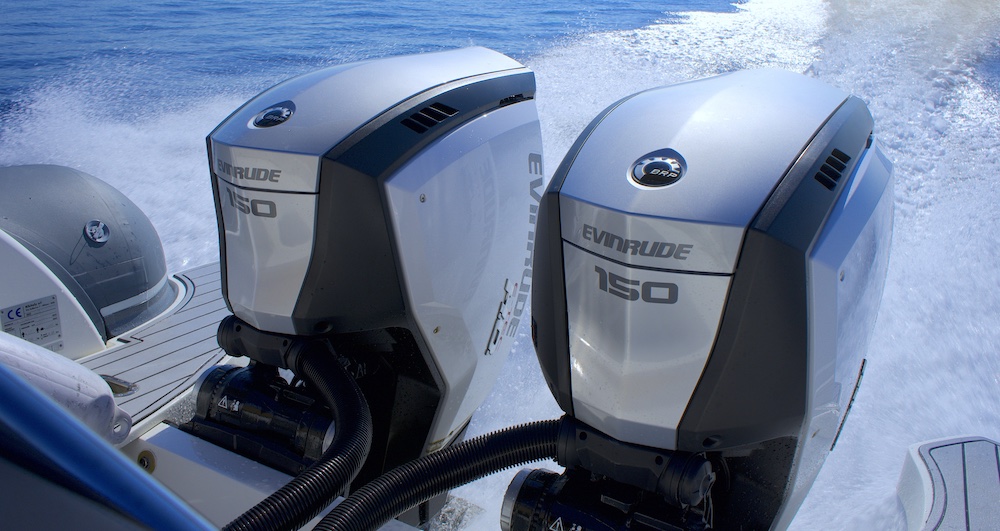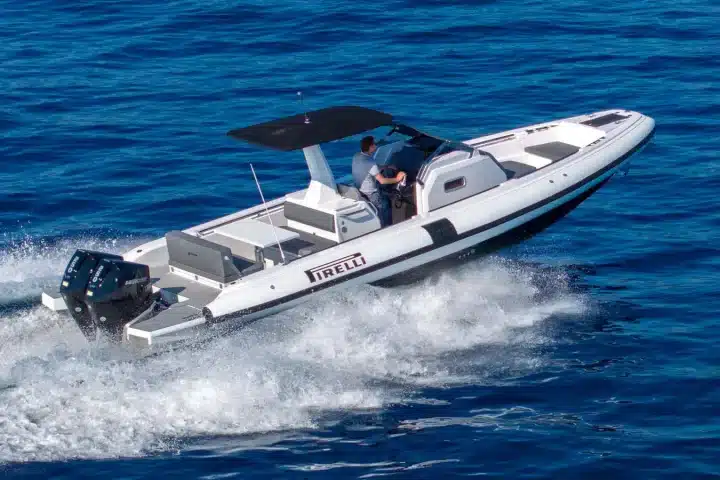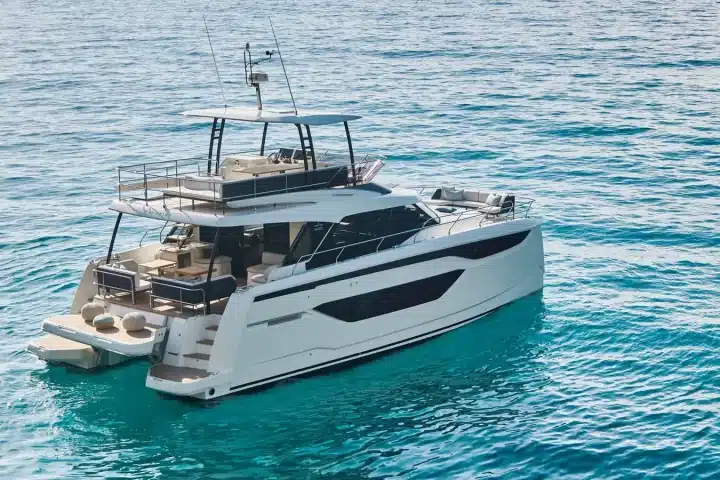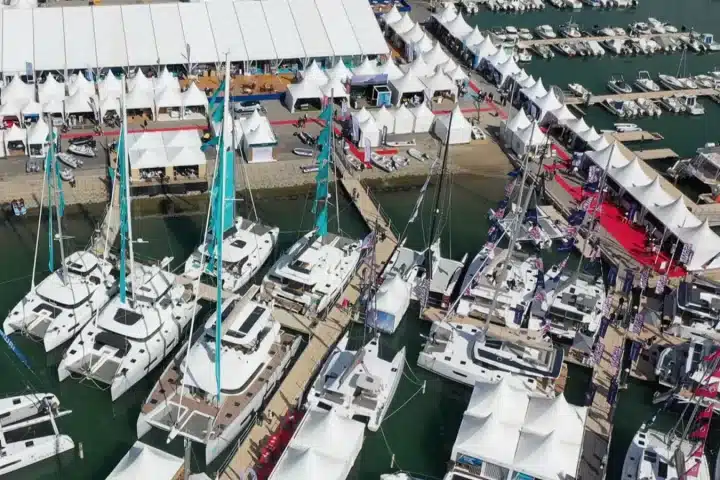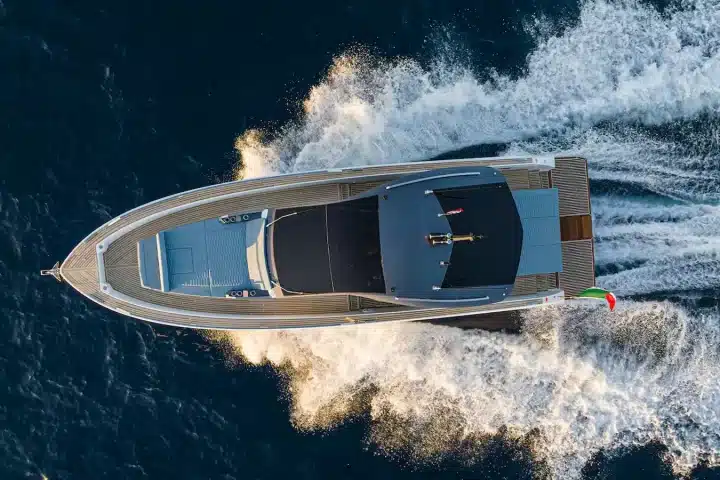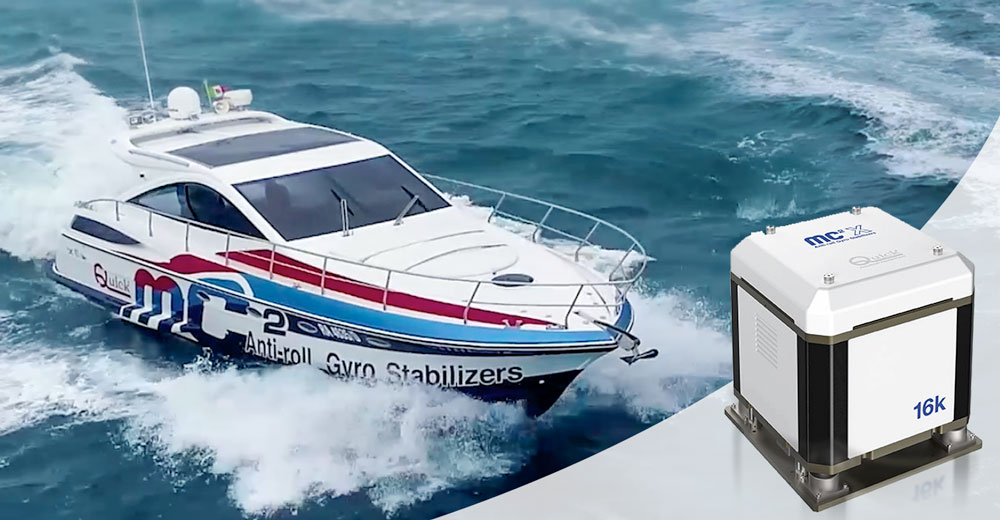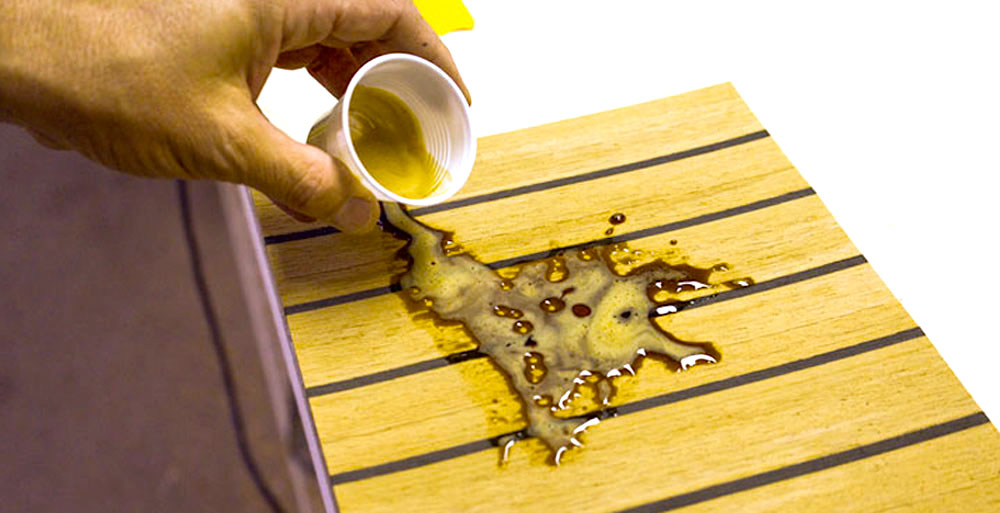One of the most common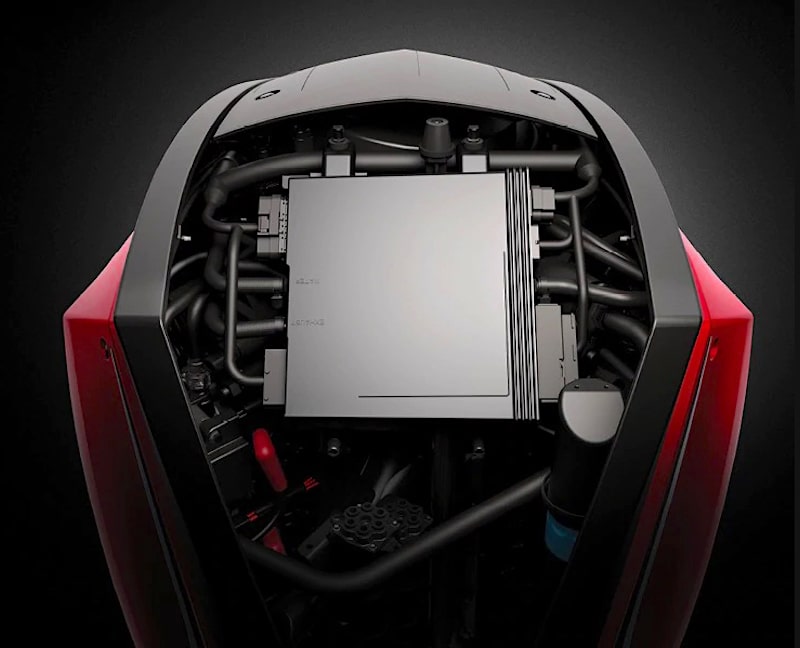
Fitted with the advanced E-Tec technology, they use a computerized management module to control direct fuel injection thanks to which the fuel/oil mix is delivered into the cylinder with absolute precision.
The result is that these engines are classified as the world’s cleanest ones.
However, the list of the innovative elements goes on; the pistons of the Evinrude E-Tec are, in fact, made of a special aluminium alloy developed by NASA that guarantees excellent wear resistance and greater stability at high temperature.
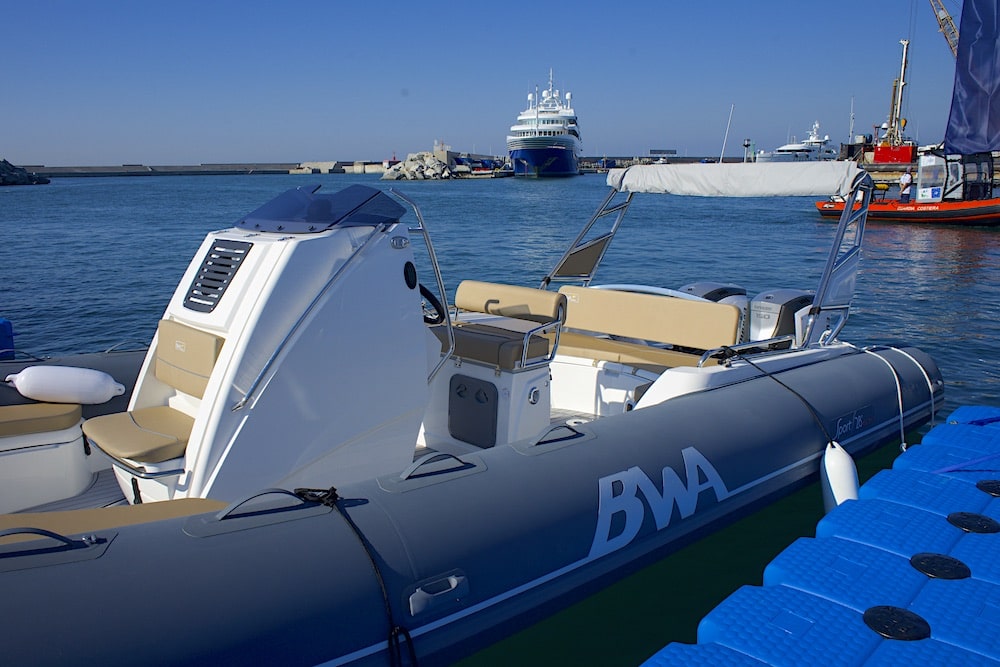
For all those who, like me, have been sailing on a inflatable boat since they were born and have grown up around two-stroke engines, the main question to answer is only one: ” are these new high-tech two-stroke engines really able to give the typical emotions of traditional two-strokes?”.
With these premises and tools in our hands, we therefore climbed on board and started engines. Here is the report of our test.
Evinrude E Tec G2 150 H.O. Test
The BWA 28 Sport where we are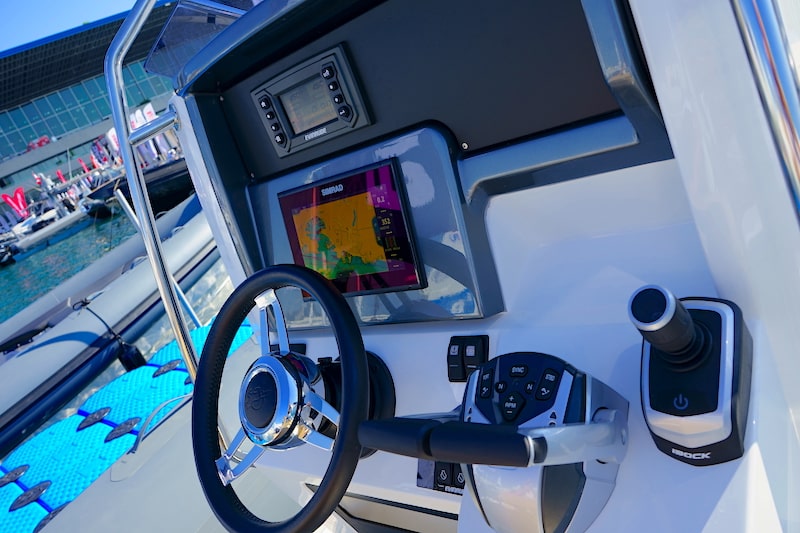
Sure, we would have preferred to have two 200 HO engines but, all in all, the two tons in running order of this boat are good enough to test the 300 horsepower delivered by the twin E-Tec 150 engines we have at our disposal.
Our equipment is very complete and an Icon Touch 4.3 CTS display shows us a multitude of data, all coming in real time from the computerized control unit of the engines.
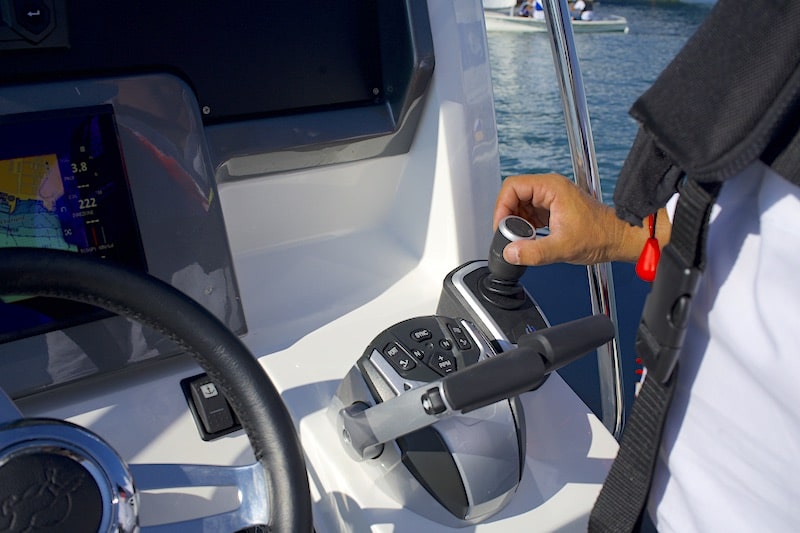
It’s exactly on it that I rely our exit from the berth. With the throttles in neutral, I push the start button and I put it at 45 degrees and back to leave the berth. The gear engagement is very silent and soft, the boat moves away from the jetty without difficulty, despite the waves provoked by the constant passage of boats.
I perform some maneuvers to test the control, including 360-degree turns and lateral movements, trying to get the system into trouble but, totally undisturbed, it goes on acting excellently. I put the bow in the direction of the exit and push the lever forwards: the BWA 28 accelerates gently while I adjust the speed without any problems.
Out of the port, I 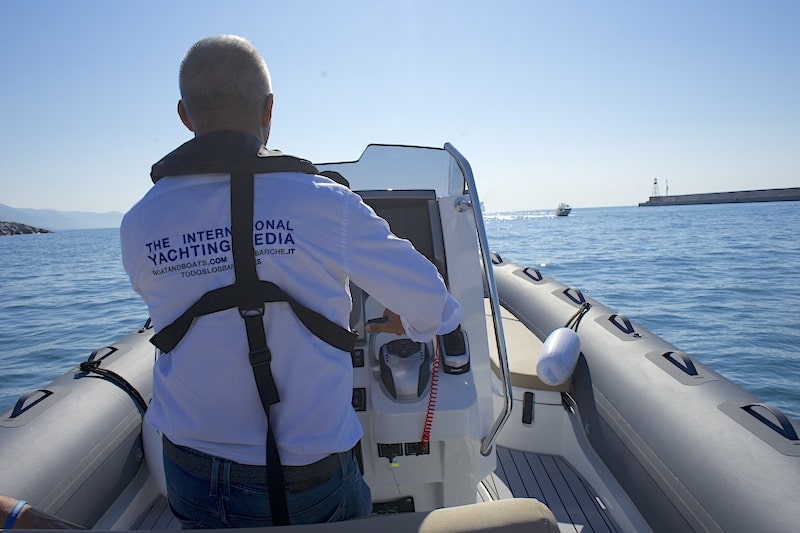
Now, we’re out of the port of Genoa and the silent mumble of the two Evinrude draws my attention. I turn the electronic system off and opt for the electronic throttles again. It’s time to crank up.
Postponing the conventional “accountant’s” measurements, I select the Sync mode and step on the gas to get the boat on plane. The two Evinrude react in a heartbeat with a torque I didn’t expect and, within just one bit, we travel at 20/22 knots. The BWA 28 has already its bow low and I smile while foretasting the adrenaline of the test.
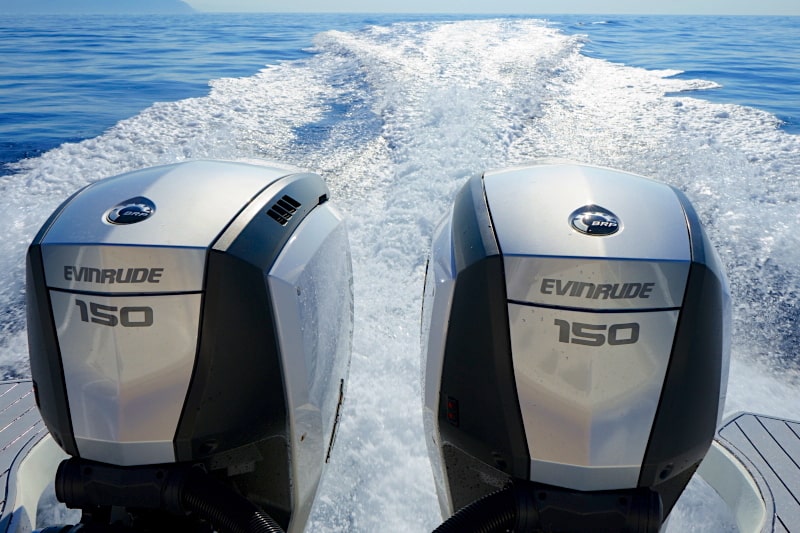
I slow down. Now, it’s time to collect data, these engines deserve that. Supported by the electronic rpm adjustment system, I write down speed and fuel consumption levels and, again, I’m astonished. At an excellent cruising speed of about 20 knots, fuel consumption is great: with little more than 10 liters of fuel, consumption is just 1.3 liters per nautical mile.
Despite the overall displacement of the boat, the maximum speed, too, is excellent: 43.7 knots, with a fuel consumption of just 2,26 l/nm. These engines are actually special and we want to see how they act in acceleration.
So, I stop the boat 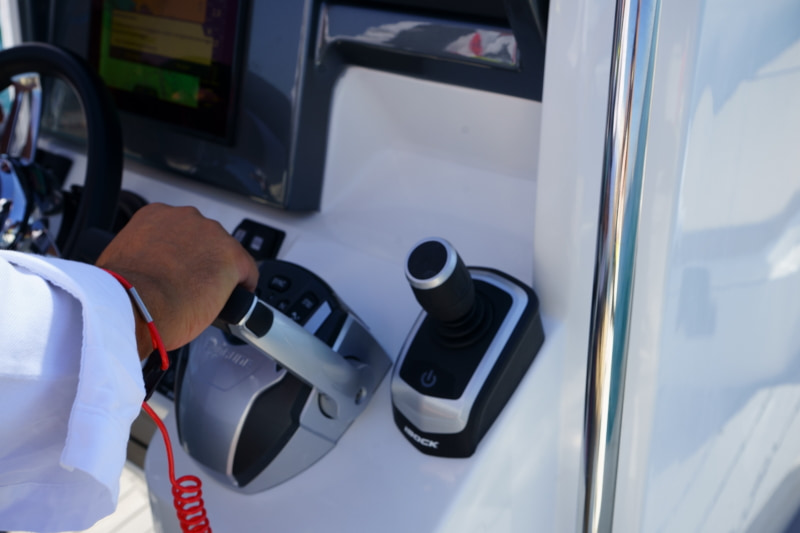
During our tests, the BWA 28 Sport navigates perfectly, safe, sturdy and with a good route stability. While we’re at it, we try to perform some tight turns that, in addition to giving us the opportunity to test the boat, also enable us to test the elasticity of these two Evinrude E Tec G2 150 HO engines.
Just to give you an idea, when we go out from a tight turn at 25 knots and push throttles down, we receive a crazy push that, within a second, makes us sail at over 35 knots. A really great performance!
We keep on stressing the boat and its engines; finally, the cruel time forces us to come back and, with the help of the joystick, we return to our berth without any problems.
Conclusions
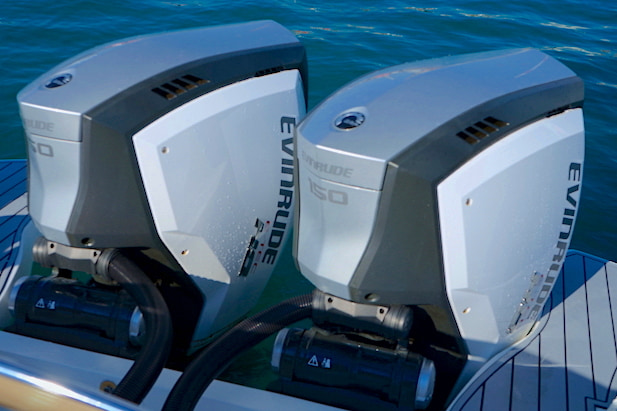
What’s the only flaw of these engines? Undoubtedly, their name. Considering the torque which they are equipped of, it’s faster to go from 0 to 30 knots than to say ” Evinrude E Tec G2 150 H.O.” !
Data collected during the test of the new Evinrude E Tec G2 150 H.O engines
Test Conditions: 3 passengers on board, 8/10-knot south-west wind, slightly rough sea, fuel capacity at 70%, water capacity at 10%.
| Rpm | Speed | L/h | L/Nm | |
| 500 | 2.5 | 2 | 0.8 | |
| 1,000 | 4.5 | 4.4 | 0.98 | |
| 1,500 | 6.3 | 8.4 | 1.33 | |
| 2,000 | 8.6 | 14.3 | 1.66 | |
| 2,500 | 12.5 | 20.1 | 1.61 | |
| 3,000 | 19.6 | 26.8 | 1.37 | |
| 3,500 | 24 | 34.9 | 1.45 | |
| 4,000 | 28 | 45.6 | 1.63 | |
| 4,500 | 31.8 | 61.2 | 1.92 | |
| 5,000 | 35.7 | 80.2 | 2.25 | |
| 5,450 | 43.7 | 98.7 | 2.26 | |
| Acceleration | Seconds | |||
| From 0 to 10 knots | 2.92 | |||
|
5.16 | |||
|
16.19 | |||
|
28.27 |
